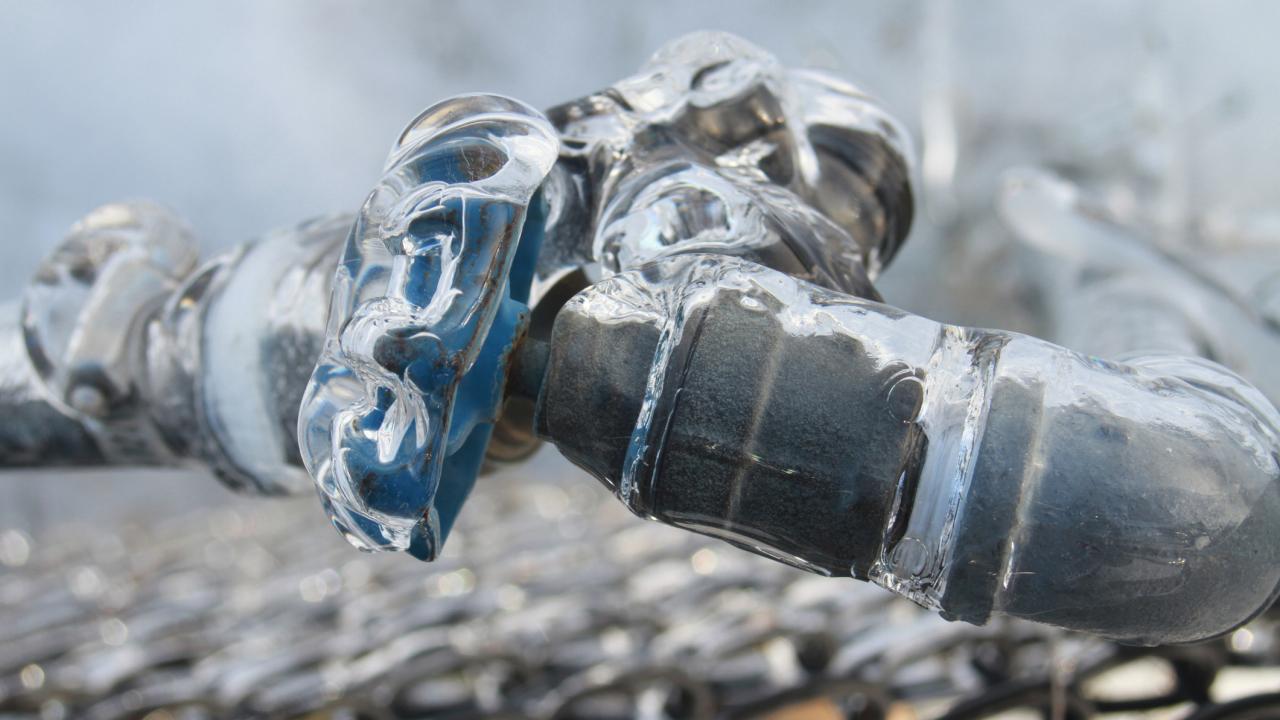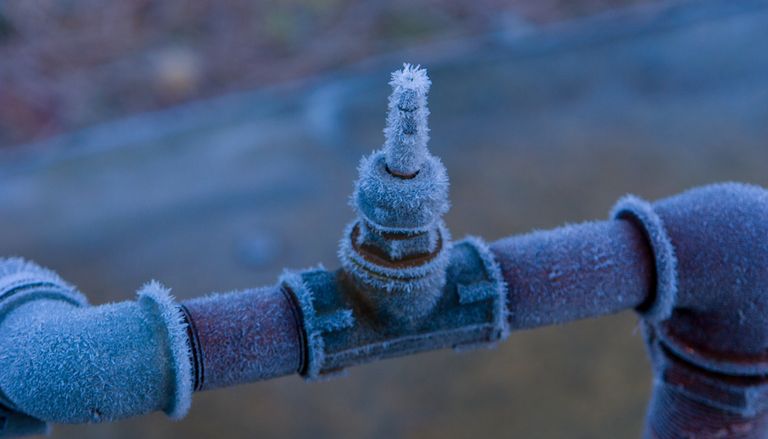Shielding Your Pipes from Freezing Issues: Critical Strategies
Shielding Your Pipes from Freezing Issues: Critical Strategies
Blog Article
Just about every person will have their unique idea when it comes to Preventing and dealing with frozen pipes.

Winter can wreak havoc on your plumbing, especially by freezing pipes. Right here's just how to prevent it from happening and what to do if it does.
Introduction
As temperature levels decline, the risk of frozen pipes boosts, potentially bring about pricey repair services and water damages. Recognizing how to avoid frozen pipelines is crucial for house owners in cool climates.
Avoidance Tips
Protecting susceptible pipelines
Wrap pipes in insulation sleeves or utilize heat tape to secure them from freezing temperature levels. Concentrate on pipes in unheated or external locations of the home.
Heating techniques
Keep indoor spaces sufficiently heated, especially locations with plumbing. Open up closet doors to permit cozy air to flow around pipelines under sinks.
Exactly how to determine frozen pipes
Search for decreased water flow from taps, uncommon smells or sounds from pipes, and visible frost on revealed pipelines.
Long-Term Solutions
Architectural modifications
Consider rerouting pipes far from exterior walls or unheated locations. Include additional insulation to attics, cellars, and crawl spaces.
Upgrading insulation
Buy high-grade insulation for pipelines, attics, and wall surfaces. Proper insulation aids preserve regular temperature levels and minimizes the risk of icy pipelines.
Securing Outdoor Plumbing
Yard hose pipes and exterior faucets
Detach and drain pipes garden pipes before wintertime. Mount frost-proof spigots or cover outside taps with insulated caps.
Comprehending Icy Pipelines
What causes pipes to freeze?
Pipelines freeze when exposed to temperatures listed below 32 ° F (0 ° C) for expanded durations. As water inside the pipes freezes, it expands, putting pressure on the pipe wall surfaces and potentially creating them to break.
Dangers and problems
Frozen pipes can lead to water supply interruptions, residential or commercial property damages, and costly fixings. Ruptured pipes can flood homes and cause comprehensive structural damage.
Indicators of Frozen Piping
Recognizing icy pipelines early can avoid them from bursting.
What to Do If Your Pipelines Freeze
Immediate activities to take
If you presume frozen pipelines, maintain faucets open up to soothe stress as the ice thaws. Use a hairdryer or towels taken in hot water to thaw pipelines slowly.
Verdict
Stopping frozen pipelines requires aggressive procedures and fast reactions. By recognizing the causes, indicators, and preventive measures, homeowners can shield their pipes during winter.
5 Ways to Prevent Frozen Pipes
Drain Outdoor Faucets and Disconnect Hoses
First, close the shut-off valve that controls the flow of water in the pipe to your outdoor faucet. Then, head outside to disconnect and drain your hose and open the outdoor faucet to allow the water to completely drain out of the line. Turn off the faucet when done. Finally, head back to the shut-off valve and drain the remaining water inside the pipe into a bucket or container. Additionally, if you have a home irrigation system, you should consider hiring an expert to clear the system of water each year.
Insulate Pipes
One of the best and most cost-effective methods for preventing frozen water pipes is to wrap your pipes with insulation. This is especially important for areas in your home that aren’t exposed to heat, such as an attic. We suggest using foam sleeves, which can typically be found at your local hardware store.
Keep Heat Running at 65
Your pipes are located inside your walls, and the temperature there is much colder than the rest of the house. To prevent your pipes from freezing, The Insurance Information Institute suggests that you keep your home heated to at least 65 degrees, even when traveling. You may want to invest in smart devices that can keep an eye on the temperature in your home while you’re away.
Leave Water Dripping
Moving water — even a small trickle — can prevent ice from forming inside your pipes. When freezing temps are imminent, start a drip of water from all faucets that serve exposed pipes. Leaving a few faucets running will also help relieve pressure inside the pipes and help prevent a rupture if the water inside freezes.
Open Cupboard Doors
Warm your kitchen and bathroom pipes by opening cupboards and vanities. You should also leave your interior doors ajar to help warm air circulate evenly throughout your home.

I hope you enjoyed our section about 6 Ways to Prevent Frozen Pipes. Thanks so much for taking time to browse our piece. Do you know somebody who is enthusiastic about the niche? Take a moment to share it. Thanks for your time. Revisit us soon.
Click Here Report this page